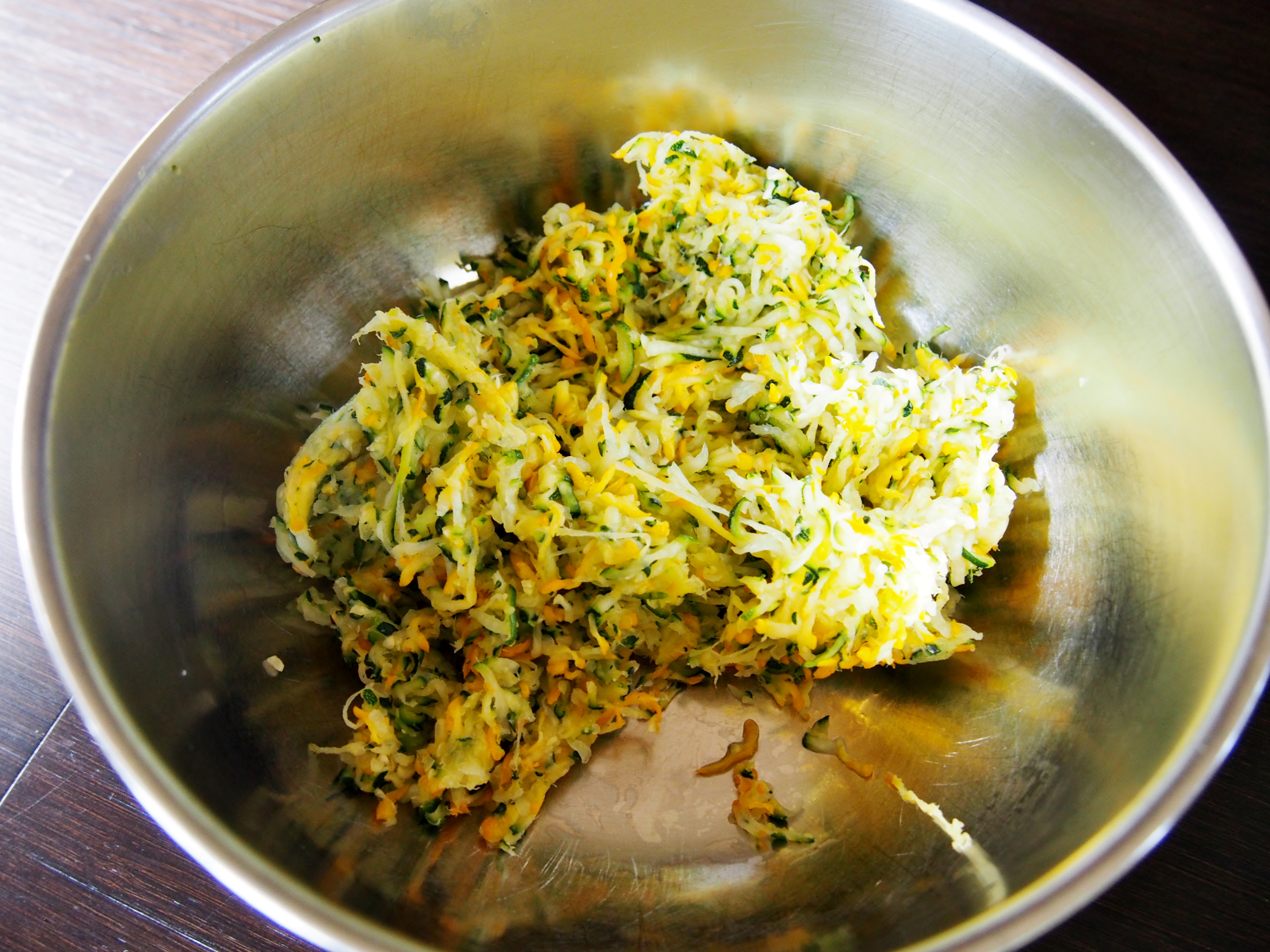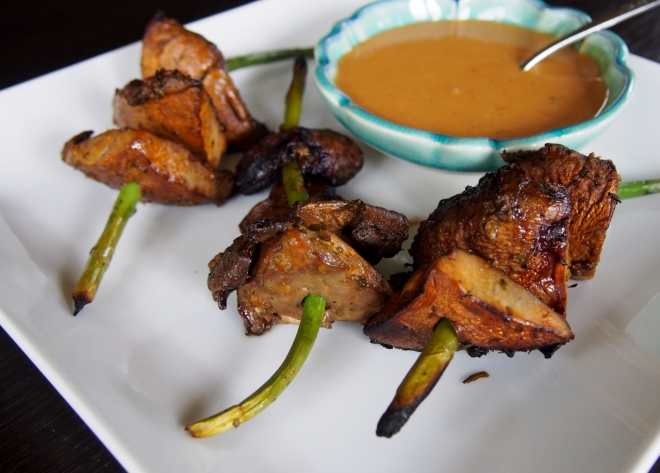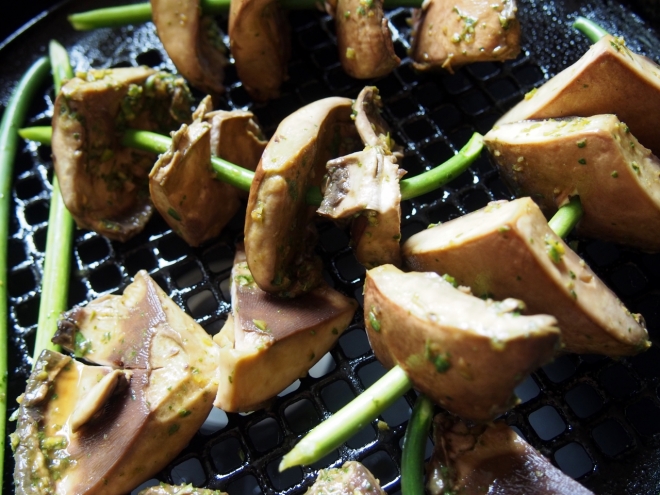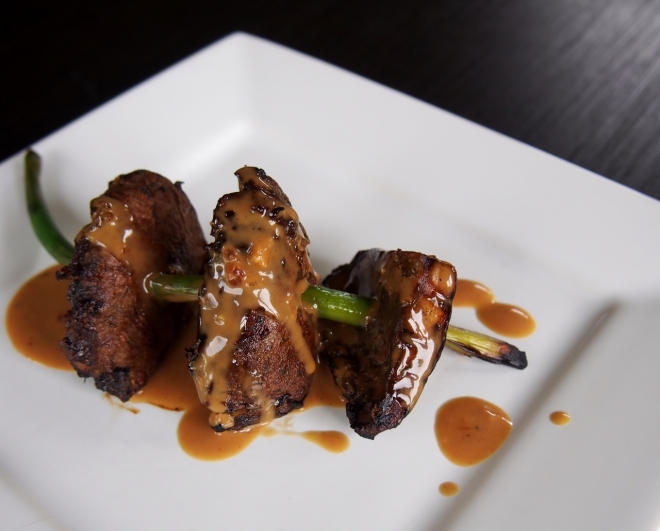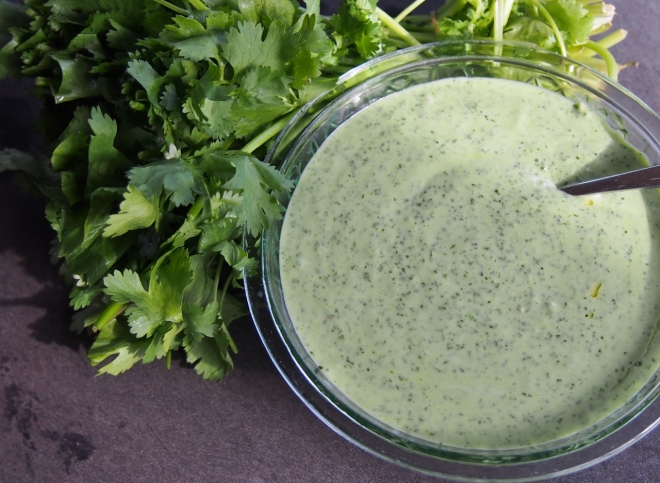
Yesterday I had plans to make potato soup for dinner. After searching recipes online and paging through some cookbooks the last couple evenings, I came up with a game plan. Then, early afternoon, when checking email, I saw a post that mentioned homemade bread bowls. What great timing!
I don’t think I’ve ever had anything in a bread bowl before even though I’ve seen them filled with dip at parties and on restaurant menus filled with soup or salad. But coming across a recipe to make them from scratch got my attention. And it was from Sally’s Baking Addiction, a very trusted source for all things baked.
With not a lot of hands-on time required and only one full rise, it looked doable to have these ready in time for dinner. With only a couple short breaks from my work-from-home workday, they were ready and cooling before I even started on the soup, plus, the house smelled amazing.
Following the recipe, the only change I made was to use instant yeast in place of active-dry. That made for a really quick rise to double in size, about 35 minutes. And the second rise after you form the dough balls is only the time it takes to preheat your oven. The egg wash gives the bread bowls that beautiful shiny golden exterior and the interior is a perfectly soft, heavenly texture that you only get with homemade.
Fill with your favorite soup, salad, or dip, take a deep breath, relax, and enjoy! It’ll taste even better if it’s cold and snowy where you are.





Easy Homemade Bread Bowls
4 and ½ teaspoons either instant yeast or active-dry yeast (2 packets)
2 and ¼ cups (540 ml) warm water (105-115 degrees F.)
2 teaspoons granulated sugar
2 teaspoons salt
2 tablespoons extra-virgin olive oil
6 cups (780 grams) bread flour, plus more for hands and surface
Egg wash: 1 large egg beaten with 1 tablespoon milk (any kind of milk, including almond or soy)
Pour the warm water over yeast in the bowl of a stand mixer fitted with a dough hook. If you don’t have a stand mixer, a regular large mixing bowl will work. Whisk together and allow to sit for 10 minutes, until foamy.
If you do not have a stand mixer, mix by hand in this step. With the stand mixer running on low speed, add the sugar, salt, olive oil, and 4 cups of the bread flour. Mix on low speed for 1 minute, then add remaining 2 cups of flour. Mix on low speed for 5-6 minutes. The dough should be thick, yet soft, and only slightly sticky. It should pull away from the sides of the bowl as it mixes. If it’s too sticky, add more flour, 1 tablespoon at a time, until it pulls away from the sides of the bowl.
Turn dough out onto a lightly floured surface and form it into a ball. Grease the bowl you mixed the dough in with a little olive oil. Return ball of dough to the bowl and turn it over once to oil the top. Cover the bowl with plastic wrap and place it in warm area to rise until doubled in size, 45-90 minutes, depending on whether you used instant or active dry yeast.
Once doubled in size, punch down the dough to release any air bubbles. Remove dough from the bowl onto a lightly floured surface. Punch down again. Using a sharp knife or bench scraper, cut the dough into 6 equal pieces. Form each piece into a ball.
Line 2 large baking sheet with parchment or silicone baking mats. Place 3 dough balls onto each sheet. Cover lightly and set aside to rest as your oven preheats.
Preheat oven to 400 degrees F. Just before putting in the oven, brush the dough balls with the egg wash. If desired, using a sharp knife, score an X into the tops of each (I did this on 5 of the 6 and it looks pretty, but isn’t a necessity).
Bake for 30 minutes or until golden. About halfway through, rotate the pans from top to bottom and rotate each 180 degrees, for even baking. Let cool on pan or cooling rack. The bowls will be easier to cut if they have cooled somewhat.
For serving, cut a large round off the top of each bread bowl. Scoop out the center (either save to dunk in soup, or reserve for another use). Fill with soup, stew, or salad. Leftover bread bowls can be stored covered, at room temperature for a couple days, or wrapped and frozen for several months (bring to room temperature before serving). I wasn’t able to eat an entire bread bowl (my husband, however, found it easy to do), so I refrigerated the uneaten portion and enjoyed it with soup (in a regular bowl) the next day—don’t let any of that delicious bread go to waste! Make 6 bread bowls.



















